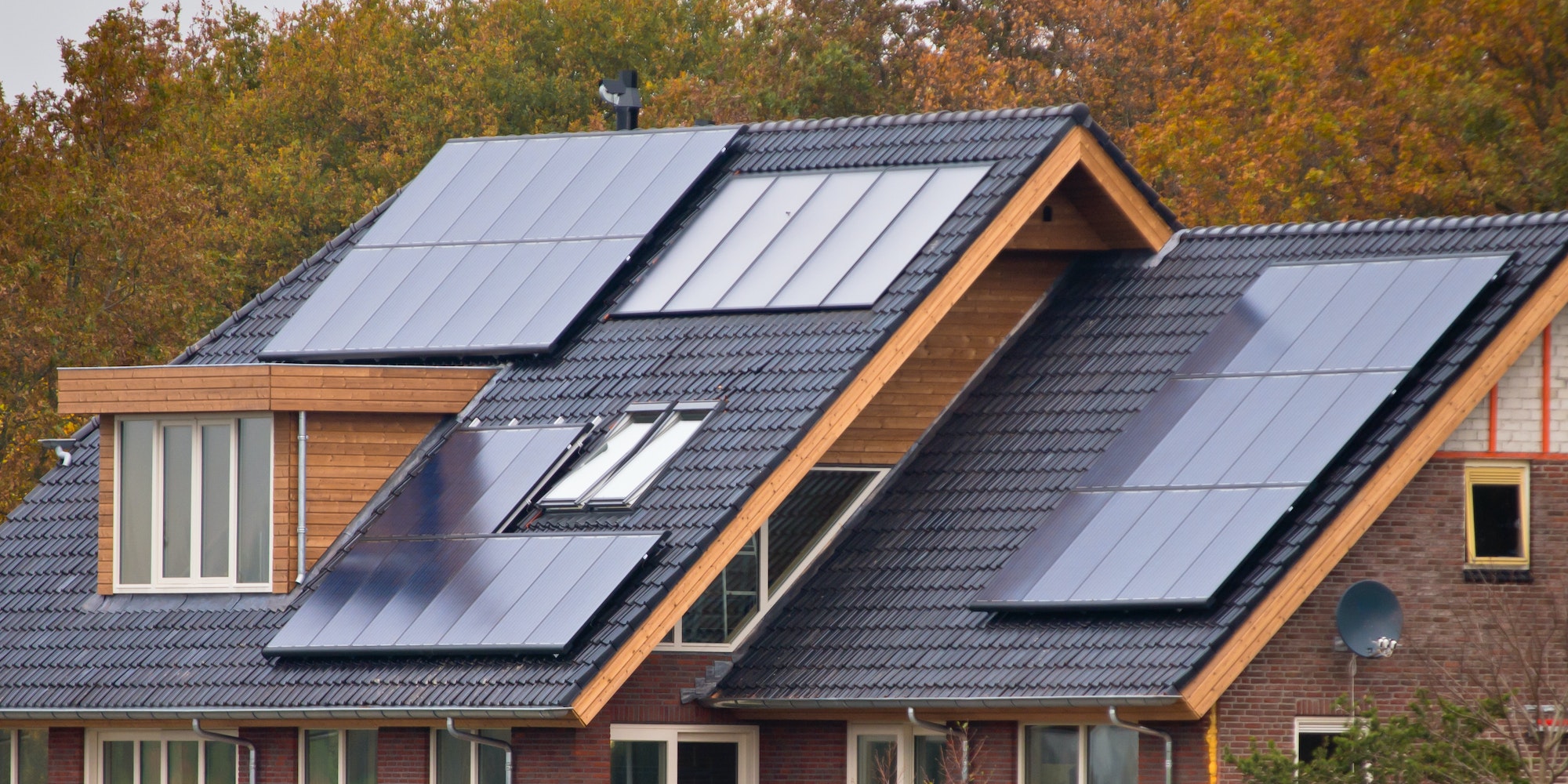Installing solar panels usually means connecting them to batteries so you can use appliances without being dependent on the power company. If you have a small solar panel, you may only be able to charge a battery enough for a few hours. But if you’re adding 200-watt solar panels to your house, how long does it take to charge a 12-volt battery? This can be a challenge because you’ll need to know how much power your panels are generating and how fast will a 200 watt solar panel charge a 12 volt battery. Here’s what you need to know.
200-Watt Solar Panel Charging Time
A 12-volt battery can be fully charged in 5 to 8 hours with a 200-watt solar panel producing 1 amp of power. After that, things become a little more difficult. A variety of factors determine charging time. The quality of the solar panels, the effectiveness of the charge controller, the state of the batteries, the amount of sunlight absorbed, and other factors contribute to how well a system functions.
However, if your battery’s amp hour rating matches the amps generated by your solar panels, the charging time will most likely be between 5 and 8. You should also ensure that your solar panel is towards the sun and clear of any obstructions. On cloudy days, charging will proceed more slowly than on sunny ones.
A 300-watt solar panel may provide sufficient energy to charge a 12-volt battery in around 5 hours. However, the amount of sunlight you receive and the amperage of your battery will influence how long it takes to charge.
Factors Influencing Your Battery’s Charging Time
The Capacity Of The Battery
The amperage is the most crucial quantity in this case. The capacity of a battery is the quantity of energy it can store. A battery with a higher amperage and a longer charge period has more accumulated power. Generally, a battery with a capacity of 100 AH will charge in half the time as a battery with a total of 200 AH.
Exposure To The Sun
Regardless of the season, the average amount of sunlight per day when the solar panel operates at maximum capacity would be roughly 5 hours. According to Alya Koe from muggyropes, to improve efficiency and durability, solar batteries should be deployed in places with appropriate temperatures. Assume you reside in an area with moderate temperatures. Installing your solar batteries outdoors is the best approach to maximize their performance and life cycle. If you live in a cold climate, storing your batteries in the basement or garage can improve efficiency and extend your life.
Power Generated By The Solar Cell
Deep-cycle batteries are recommended for off-grid or battery-backed solar panels. Deep-cycle batteries are the only item that resembles your automotive battery. Unlike automobile batteries, which only provide power for a short period, rechargeable lithium batteries constantly drain their charge. Deep cycle batteries can be used up to 80% of their capacity without causing major damage. The maximum current that should ever be extracted from a battery having a 100-ampere-hour ability is 80 amp-hours.
The Remaining Battery Life
Manufacturers recommend avoiding dipping 45 percent below if you want to increase the shelf life of your product. Because of these characteristics, deep-cycle batteries are perfect for solar systems.
Charge Time for a Deep Cycle Battery
The charging time of a battery is mostly dependent on the battery’s capacity and the power rating of external factors such as energy providers. You must be aware of the amperage, voltage, and, of course, watts.
What Exactly Is Voltage?
Voltage is defined as the amount of force applied to current.
The voltage of your battery indicates how much power it has. Volts are the unit of voltage (V).
What Exactly Is an Amp-Hour?
You must be familiar with amp-hours. The term amp-hour refers to the amount of amperage a battery can supply in a given period.
The Ah number describes the amp-hour capacity of deep-cycle batteries. You can ascertain the amp rating of your 200-watt solar panels by knowing the AH rating of your 12V battery. Knowing your amp rating allows you to rapidly determine the time required to charge a 12V battery.
What Exactly Is a Wattage?
Under ideal conditions, such as direct sunlight and warm temperatures, a solar panel’s wattage represents the power generated by the solar panel. More information about a 200-watt solar panel’s daily output can be found here.
A 200-watt solar panel should theoretically provide 200 watts of power. As we’ll see in the following section, it’s not quite simple.
The Method
The following is the formula for estimating the amps of current generated by your solar panels:
Amps (Ah) = Power (Watts) / Voltage (Ah) (V)
Get the amp rating by dividing the power by the voltage.
Here, if your deep cycle battery is rated at 100 amp hours and your charger can deliver ten amps per hour, it will take 10 hours to fully charge the battery.
The Procedure For Charging A Battery
Large-capacity batteries are required to optimize the quantity of solar electricity your panels collect. To get your solar power system operational, you can’t just use solar panels on their own; you also need an inverter and a solar charge controller.
Batteries store any excess energy produced by your solar panel system. When your batteries are depleted, the electricity you generate will be returned to the utility system.
Charge controllers can link your solar panel and battery bank. It manages the amount of energy in your battery to prevent overcharging. To preserve the batteries, charge controllers turn off the system.
The Bottom Line
If you have 200-watt solar panels, they can charge up a 12-volt battery in about five to eight hours. This will give you enough energy to run most appliances for a day or two. As long as you can keep the panels shaded and clean them regularly (which is easy), they should last for many years without any problems.
Many factors influence how long it takes to charge a battery with solar panels, from the size of the panel to the number of panels you have and their efficiency rating. You should also consider the weather conditions and whether there are any obstructions between your panels and the sun.
Choose a deep-cycle battery that suits your needs to store solar energy as needed. Capacity and amp hours are the two most important factors to consider when buying one. These numbers will tell you how many amps can be charged into the battery in one hour under ideal conditions, which is useful if you’re planning on using your panels to charge up batteries that store electricity for use at night.
Discover more from Futurist Architecture
Subscribe to get the latest posts sent to your email.



